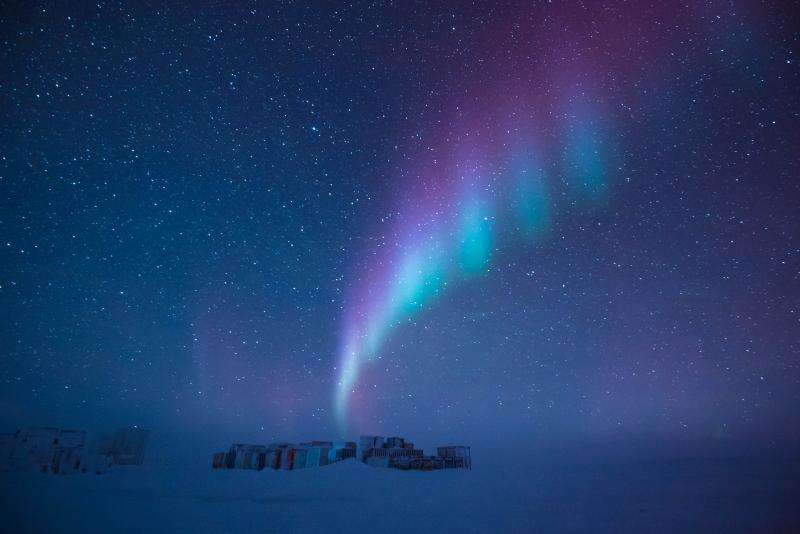Image: The aurora australis over Concordia station

It is cold, dark, dry and isolated with very little oxygen to breathe in the air, but the unique location makes Concordia station in Antarctica an attractive place for scientists to conduct research. The aurora australis that adds colour to this picture is a well-deserved bonus for the crew of 13 who are spending the winter months cut off from friends and family.
For nine months, no aircraft or land vehicles can reach the station, temperatures drop to –80°C and the Sun does not rise above the horizon for 100 days. Living and working in these conditions is similar in many respects to living on another planet and ESA sponsors a medical doctor to run research for future space missions.
The first astronauts to land on another planet might even see a similar beautiful spectacle illuminating the skies. Auroras appear when radiation from the Sun interacts with the atmosphere and almost all planets in the Solar System have auroras of some sort.
Provided by European Space Agency





















